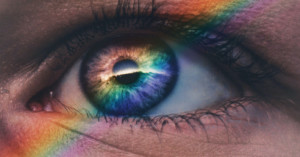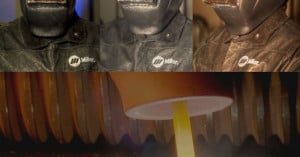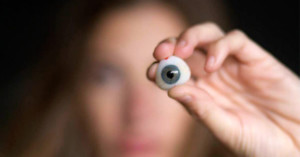
Researchers Have Created a Cyborg Eye that Works Like the Real Thing
A team of scientists at the Hong Kong University of Science and Technology have developed an artificial eye that could someday help cure blindness or even enhance human vision. For now, their creation boasts just 100-pixel resolution, but the groundwork has been laid.



